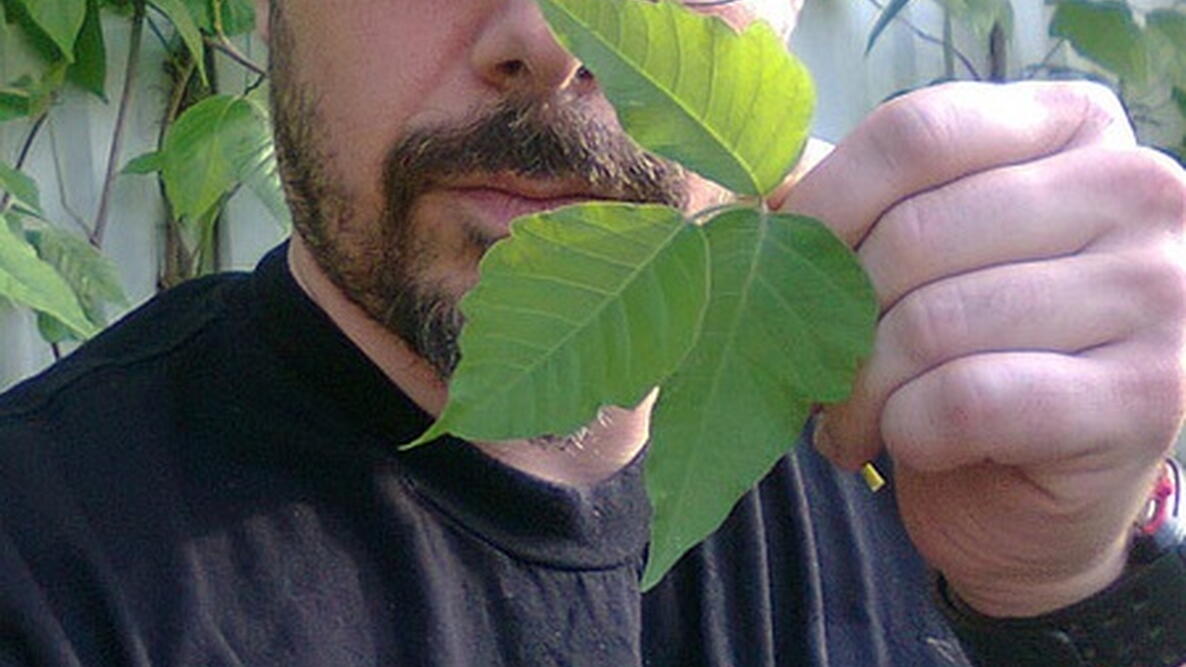As anyone who reads my column knows, I’m a big fan of home remedies and homemade house-cleaning products made from readily available natural materials. However, “natural” remedies don’t always work and can even be harmful. Here are seven popular remedies that are not a good idea!
I enjoy researching the old ways of using what’s at hand for healing minor ills and meeting the needs of everyday life. But I’m also a fan of science and hard evidence, and sometimes science reveals that a tried-and-true solution to a common problem is ineffective, or worse, harmful.
Take cosmetics, for example. In centuries past, women (and many men) used lead, mercury, or arsenic compounds to lighten skin and conceal skin flaws. They lightened their skin by eating chalk and iodine or using leeches to drain their blood. They used mixtures of arsenic and caustic lime to remove unwanted body hair, often removing or blistering their skin in the process. The tinctures of deadly nightshade women once used to dilate their pupils so their eyes looked bigger sometimes blinded their users.
People are still using many “natural” remedies that don’t work or could harm them. Here are some common misperceptions:
- Buttering a burn Treating burns with butter (or egg white, oil, toothpaste, milk) may soothe the burn temporarily, but can also cause infection. Medical experts say for mild to moderate burns, if cold water is available, run it over the burned area for several minutes—but don’t use ice or ice water, which could damage the tissues. Unbroken burn blisters can heal without covering, but if the skin is broken apply a light sterile dressing after washing the area gently with soap and warm water. Deep burns or those that cover a large area of skin need medical attention.
- Treating warts with raw potato, etc. Almost every common ingredient has been used at one time or another to eliminate warts. Among the most popular: raw potato, banana peel, fresh pineapple, raw garlic, dandelion juice, ground flaxseeds, and duct tape. Duct tape was a leading contender until further research contradicted earlier findings. Warts (of which there are many kinds) are skin growths caused by viruses. I spent several years suffering from with a number of plantar warts that didn’t respond to either folk remedies or my doctor’s ministrations. I woke up one morning and they’d disappeared entirely. Hearing the news, my doctor chuckled. “Well that’s how most warts usually disappear. The patient’s immune system discovers them, and poof! They disappear.”
- Whitening teeth with fruit, citrus juices, or vinegar Yes, the acids in fruit can have a temporary whitening effect on stained teeth. But citrus juice or rinds, strawberries, or cider vinegar will also remove the protective enamel. Dentists recommend brushing or rinsing your mouth after eating acid fruits or vinegar-y dressings to reduce the effects of acid erosion. If you must have whiter teeth, talk to your dentist or dental hygienist.
- Eating raw eggs or using them as facial masks/hair conditioners Raw egg whites have a long history of use as skin-tightening masks, and whole, raw eggs as hair-conditioning treatments, not to mention being slurped by strength athletes and bodybuilders as optimum protein nutrition. You’ve no doubt seen news of periodic outbreaks of salmonella in eggs. Food safety experts have long recommended using only pasteurized eggs in recipes that call for raw eggs, and in cooked dishes, cooking them until both yolks and whites are firm. Though the risk of salmonella poisoning from raw eggs is very low, I’d suggest seeking other ways to tone your skin, condition your hair, and build your muscles.
- Eating a little poison ivy every spring to acquire immunity from the rash Yikes! I hear this one at least once a year. Can it work? Who really knows? One thing this folk remedy can do (and has done) is put the consumer into the hospital with internal injuries. It’s even caused fatalities. A side note: Some people say they have a natural immunity to urushiol, the oil in poison ivy that provokes the skin reactions. Allergy specialists say that many people with supposed immunity may become sensitive after repeated encounters with the toxic oil and others seem to develop immunity, but each encounter increases sensitivity to the potent oil and with enough encounters the immunity will disappear.
- Using ground spices as medicine or in facial scrubs Turmeric, cloves, allspice, black pepper, cinnamon and other spices have been used for centuries in medicinal compounds or as components of facial scrubs. A recent government analysis found 12 percent of imported spices contaminated with salmonella and other micro-organisms, along with insects, animal feces and other contaminants. If you want to use raw spice mixtures as facials or for sprinkling on food, I’d suggest toasting whole spices and grinding them yourself or limiting their use to well cooked dishes.
- Licking a wound to promote healing Not a good idea. Despite the presence of some antimicrobial compounds in human saliva, the mouth also harbors not-so-nice bacteria that could cause serious infection. Infection experts recommend washing a wound with soap and water, applying an antiseptic, and covering with a sterile dressing. Deep burns or burns that cover a large area of skin need medical attention.
The first and last word on home remedies: “Natural” is often safer, cheaper, and just as effective. But not always. Do your research.
Photo credit: Immune to ivy? by KAZ Vorpal Some rights reserved.











Comments